Servo controller | Servo amplifiers and servo converters
- Details
- Hits: 9109
Servo controller, servo amplifier and servo converter of today, with their precision and efficiency in motion control, open up new horizons for applications in the Automation, Robotic and many other industries. Find out more about the power electronic actuators, their applications, the development status and the new developments available on the market.
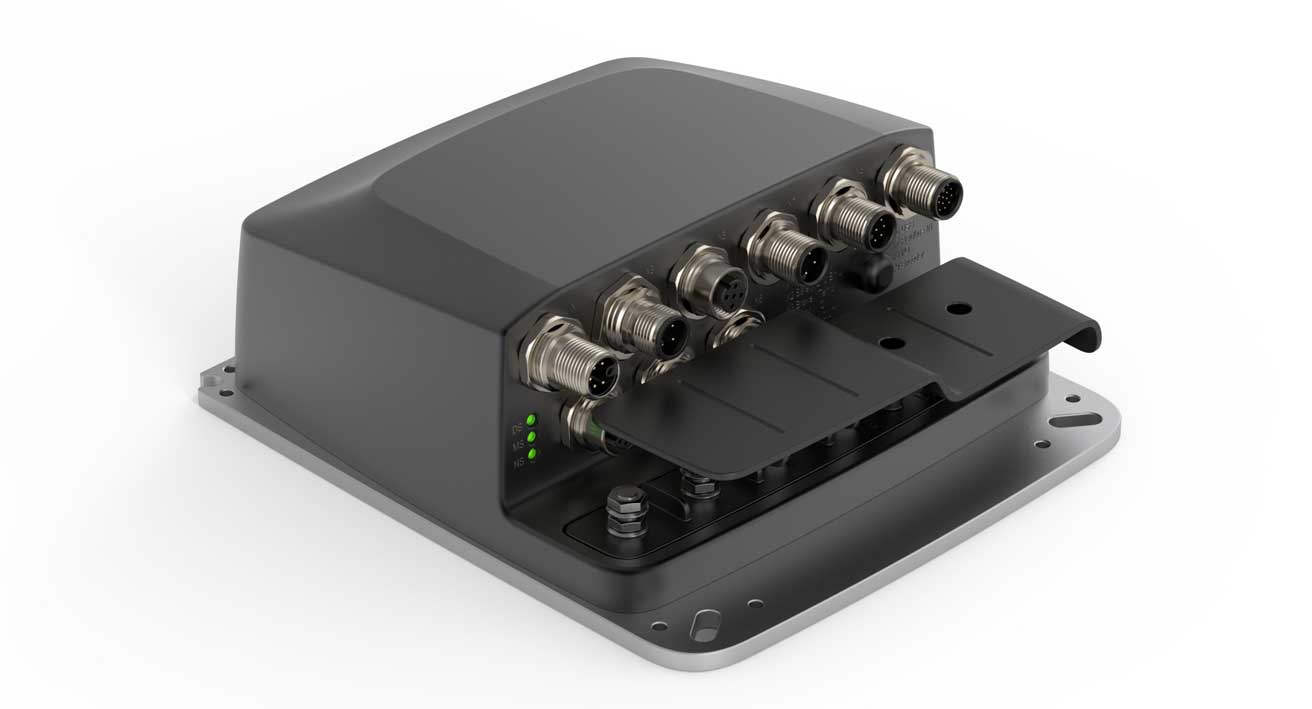
Contents
- Servo controller 2024 – The most important things in brief
- Servo controller/servo amplifier innovations
- Frequently asked questions
Servo controller 2024 – The most important things in brief
Advanced servo controllers, servo amplifiers and servo inverters offer unparalleled precision and efficiency in the Motion control, based on advanced control techniques and real-time feedback systems. State-of-the-art servo controllers utilize adaptive control algorithms that respond in real time to changes in load conditions and system dynamics to ensure optimal performance. The integration of IoT technologies also enables connected monitoring and diagnostics, simplifying maintenance and maximizing uptime.
Energy Efficiency is also the focus of development, with designs that minimize energy consumption while maximizing performance. Today, modern servo systems not only offer precision in positioning and speed control, but they also have the ability to recover energy and reduce the overall energy consumption of the system. With such technological advances, the latest servo controllers, servo amplifiers and servo inverters provide a key component for realizing efficient, intelligent and flexible production environments.
Servo controller / servo amplifier innovations
Learn more about the technologies shaping the future of Drive Technology and how they can increase efficiency and productivity in your company. Here are the New Products:
Safety-certified servo controller with Profisafe interface
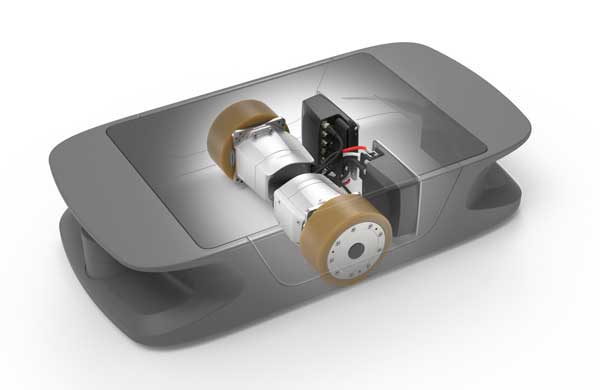 04.03.2024 | Wittenstein presents the innovative servo controller “Cyber Simco drive 2” at the Logimat in Stuttgart. This safety-certified servo controller with Profisafe interface is available in the performance variants SIM2050 and SIM2100 with an integrated safety card.
04.03.2024 | Wittenstein presents the innovative servo controller “Cyber Simco drive 2” at the Logimat in Stuttgart. This safety-certified servo controller with Profisafe interface is available in the performance variants SIM2050 and SIM2100 with an integrated safety card.
Combined with that drive actuator The servo controllers are suitable for use in the compact servo drives "Cyber Itas System 2" for applications such as automated guided vehicle systems (AGVs).
The Profisafe interface Significantly simplifies the complexity of security and control. Time and costs are reduced during commissioning and maintenance and security configuration is simplified.
More safety for servo drives
The new servo controller for Servo drives In its basic configuration, it offers a two-channel STO function (Safe Torque Off) and optionally enables additional safety features such as SBC (Safe Brake Control) and a safe one Encoder-Emulation for the safety encoder in the wheel drive and the SP (Safe Position) safety function.
The Profisafe interface eliminates the need for an additional one cabling. This makes the design and implementation of FTS and AMR (Autonomous Mobile Robots) are much more cost-efficient. The servo controller meets the high safety requirements according to SIL 2 and PL d required by vehicle manufacturers and operators.
PROFIsafe integrated as a standard for the transmission of safety-relevant data via Profinet or Profibus both security and standard communications on one cable. This supports the Next Level Safety Architecture of the Cyber Simco drive 2 and the Cyber Itas System 2. Both are characterized by lower cable and Plugeffort, fewer interfaces and modules as well as reduced assembly and documentation effort, without having to compromise on safety.
Stepper motor and servo amplifier for up to 8 axes
July 15.07.2022, XNUMX | The Ecomodul system from Yep revolutionizes the world of drive technology with its modular design, which enables easy and cost-effective adaptation to a variety of industrial applications. By choosing from a range of preconfigured modules, machine builders can significantly reduce equipment costs and accelerate the availability of customized amplifiers.
The heart of the stepper motor- / servo amplifier form the Axis modules, each of which efficiently controls two servo or stepper motor axes. There are also four digital inputs and two 24 V outputs per axis module, which means that up to eight axes can be controlled - ideal for connecting Brakes.
Servo amplifiers with open network connections for global use
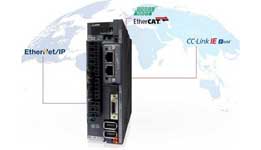 02.05.2018/XNUMX/XNUMX | the Servo Open Network Functionality in the “Melservo MR-J4” amplifier series makes it possible to serve the changing international performance requirements of modern high-end machines in the field of motion/control with just one solution. Thanks to the multi-network interface, the compact drive solution from Mitsubishi Electric via interfaces to all globally relevant motion systems.
02.05.2018/XNUMX/XNUMX | the Servo Open Network Functionality in the “Melservo MR-J4” amplifier series makes it possible to serve the changing international performance requirements of modern high-end machines in the field of motion/control with just one solution. Thanks to the multi-network interface, the compact drive solution from Mitsubishi Electric via interfaces to all globally relevant motion systems.
Servo amplifiers recognize and correct following errors automatically

24.04.2014 | B&R (Bernecker + Rainer) has the functionality of the servo 'Acopos' expanded: With Repetitive Control, the accuracy in manufacturing processes with fixed position disturbances can be significantly improved, since Following error be predictively compensated. The performance of the machine or system increases significantly without great effort. Repetitive Control is available for all Acopos models by means of a firmware update.
At Pposition-controlled drives with constant speed, fixed disturbance torque fluctuations can occur due to mechanical conditions. These usually result in a localized following error. This tracking error can be minimized by optimal parameterization by the drive controller, but the malfunction cannot be completely avoided.
Following error and speed error
Embedded in the standard speed control loop of the acopos The drive family adapts the setpoint torque from the drive in such a way that the periodic components in the speed and in the following error are drastically minimized. The algorithm learns constantly so that changes in the load profile, for example due to wear and tear, have no effect on the drive. The disturbance torque is predictively compensated.
The active one Interference suppression, which is used as an add-on to the standard control, can be parameterized easily and intuitively. Due to the adaptive nature of the algorithm, no mathematical system model is necessary.
Frequently Asked Questions
What does a servo amplifier do?
A servo amplifier, as a special type of servo converter, is an electronic device that controls the power sent to servo motors to enable precise movements. It receives control signals from a higher-level system such as a PLC and converts them into detailed drive commands that Motor precisely control in terms of speed, position and torque. The servo amplifier continuously adjusts the voltage and current delivered to the motor based on feedback from the motor itself, ensuring high-precision motion control.
What does a servo controller do?
A servo controller, also known as servo amplifier, is a device for precise control of servo motors. It regulates the speed, position and torque of the motor by processing control signals and delivering the appropriately adjusted power to the motor.
What does a servo controller do?
A servo controller is an electronic device that allows precise control of servo motors. He receives control commands, e.g. B. for position, speed or torque, from a higher-level system and converts these into signals that control the servo motor accordingly. Through the use of feedback, often from Encoders, the servo controller continuously monitors and corrects the performance of the motor to ensure that the actual movement accurately corresponds to the specified commands. This enables high-precision motion control in applications such as robotics, CNC machines and other automated systems.
What is a servo inverter?
A servo inverter is a specialized device for Control and regulation of servo motors. It converts electrical input signals into precise control commands that regulate the speed, position and torque of the motor.
What is the difference between servo controllers, servo amplifiers and servo converters?
The terms servo controller, servo amplifier and servo inverter are often used interchangeably, but may have slight differences in meaning depending on the context. They are as follows:
- servo controller: Typically refers to the entire control unit of a servo system. A servo controller receives control signals, e.g. B. for position, speed or torque and processes these to generate corresponding output signals that control the servo motor. The focus is on controlling the motor based on feedback to achieve precise movement.
- servo: Often viewed as a part of the servo controller that is specifically responsible for amplifying the control signals to provide the necessary power to operate the servo motor. The servo amplifier converts low control signals into the higher currents and voltages needed to control the motor according to the servo controller's specifications.
- servo converter: Is similar to the servo amplifier, but focuses more on converting the electrical energy into a form that can be used by the servo motor. A servo inverter controls the frequency and phase of the current supplied to the motor to provide precise control of the motor's speed and position.
Although these terms are often used interchangeably as they work together to achieve the precise control of the servo motor To ensure this, the distinction can be helpful in understanding the specific aspect of engine control to which they relate.
How does a servo motor work simply explained?
A servo motor will controlled via a precise control system consisting of a servo amplifier (or servo converter), a control signal and often a feedback system. The control signal, typically from a microcontroller or a SPS (programmable logic controller) specifies the desired position, speed or torque. The servo amplifier interprets this signal and supplies the servo motor with the appropriate power to meet the request.
An essential feature The servo motor controller is the feedback system, usually an encoder or resolver, that continuously sends information about the actual position, speed or torque of the motor back to the servo amplifier. This feedback enables closed-loop control in which the servo amplifier constantly adjusts motor power to correct deviations from the target specification, ensuring highly precise motion control.
Source: This article is based on information from the following companies: B&R, JAT, Mitsubishi Electric, Wittenstein.
You might also be interested in...

Artificial Intelligence | trends and developments
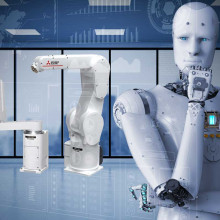
Predictive maintenance for robotics, machines and systems
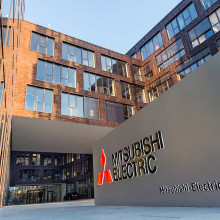
Mitsubishi Electric | Automating the World
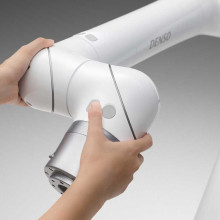
Cobot | Discover collaborative robots as a new employee

Intelligent CNC control for machine tools
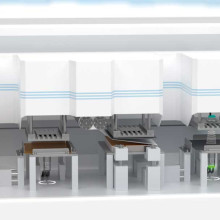
battery production | Facts and Technologies

Angela Struck is editor-in-chief of the development scout and freelance journalist as well as managing director of Presse Service Büro GbR in Ried.
